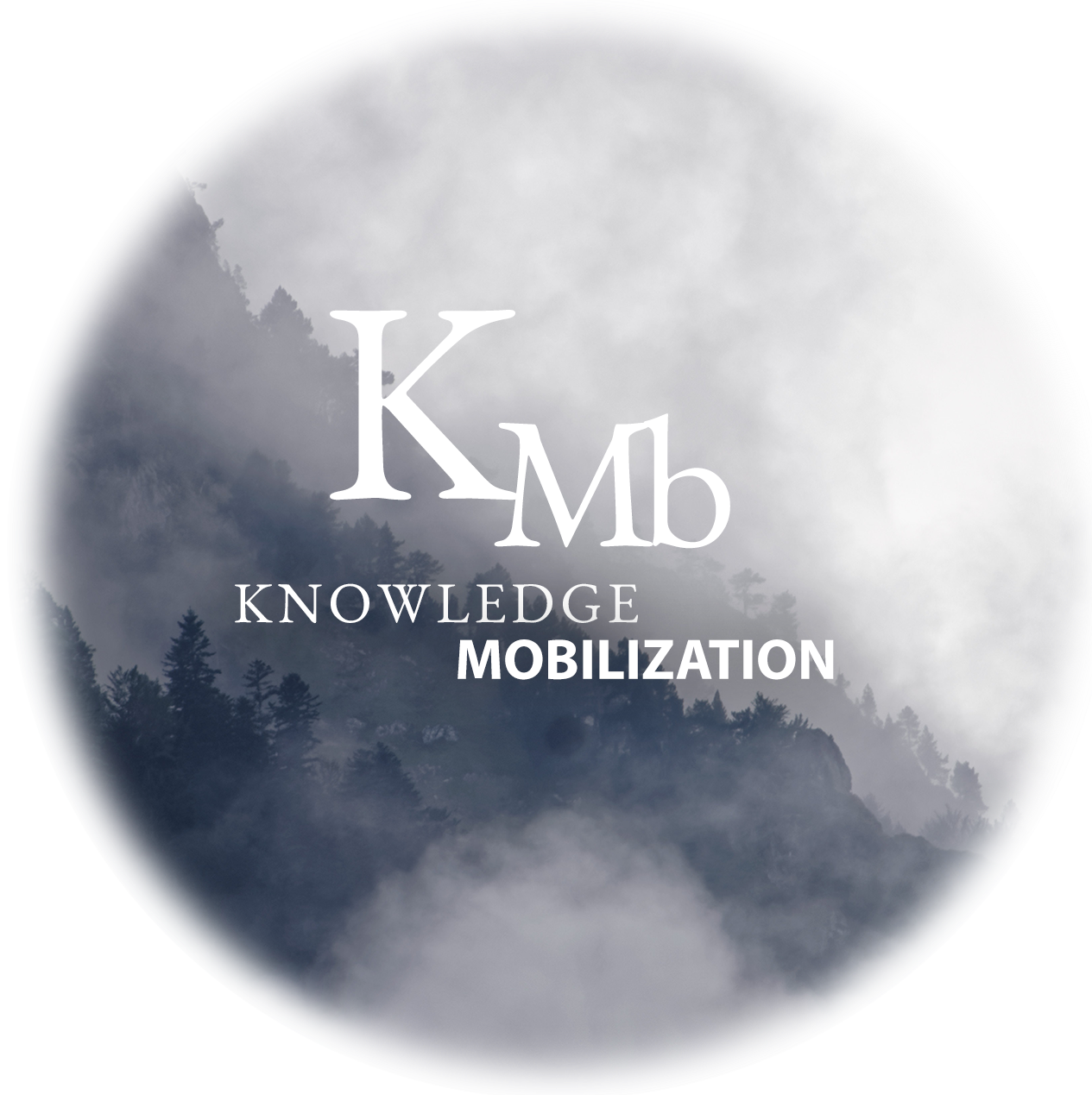Art, Aesthetics, and Making the World a Better Place
There are many researchers, artists, and community leaders working to communicate and share knowledge about critical challenges we now face—not the least of which is biodiversity conservation and climate change adaptation and mitigation. We wanted to celebrate some of this wonderful work by mapping a series of collectives, projects, research labs (academic and non-academic), non-profits, museum organizations, and artists. The main criteria for each node were their focus on mobilizing knowledge, research, and information around a variety of subjects related to sustainable community development (climate change, health, resilience, biodiversity, energy, policy, etc.). The organizations selected also used visual messaging and/or the fine arts (visual art, music, theatre) to communicate their work. Many are also incredibly active bloggers and use a variety of social media channels (Facebook, Twitter, Instagram, YouTube, etc.) to reach new audiences
As a first incarnation, this map is an illustrative resource that will grow over time. We invite you to submit additional entries to crcresearch@royalroads.ca
ABOUT OUR PROJECT
Completed as part of a SSHRC-funded research project at Royal Roads University, Research Curation: Making a Difference, the purpose of our larger research project is to explore how to improve and accelerate mobilization of research information online to a wider public. We are currently examining how contemporary curatorial and communication methods, developed in museums, can be adapted for the practice of research curation.
HOW TO USE THIS MAP
Using a variety of techniques and tools, each node takes a unique approach to knowledge mobilization. They are organized according to type: artists, collectives, non-profits/charities, labs/research institutes, publications
- Click on their circular logos to read their biographies, to view videos and images, and to find their social media channels. Below each bio are a series of tags, and you can hover over these to reveal connections to other nodes.
- Click on the categories listed along the top of the map to focus on specific topics. Click multiple topics to view connections, and click the topics to de-select.
- The colours in the legend reflect the primary (but not only) method for communication. These are visually communicated by the colouring in each connecting line and circular node frame.



